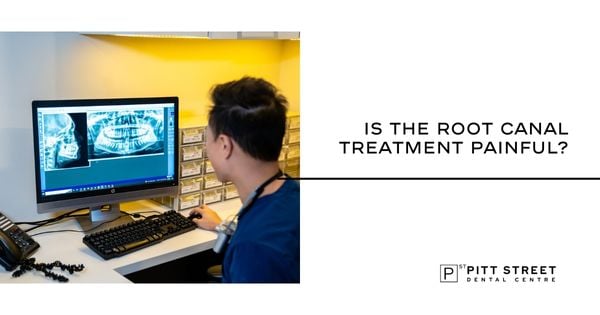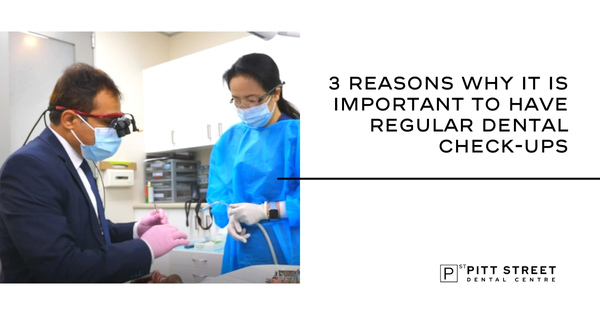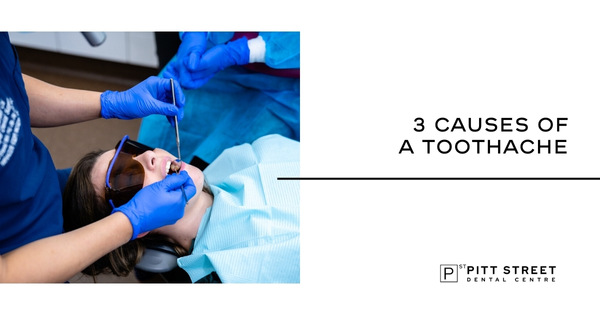Root Canal Therapy
Root Canal Therapy Sydney
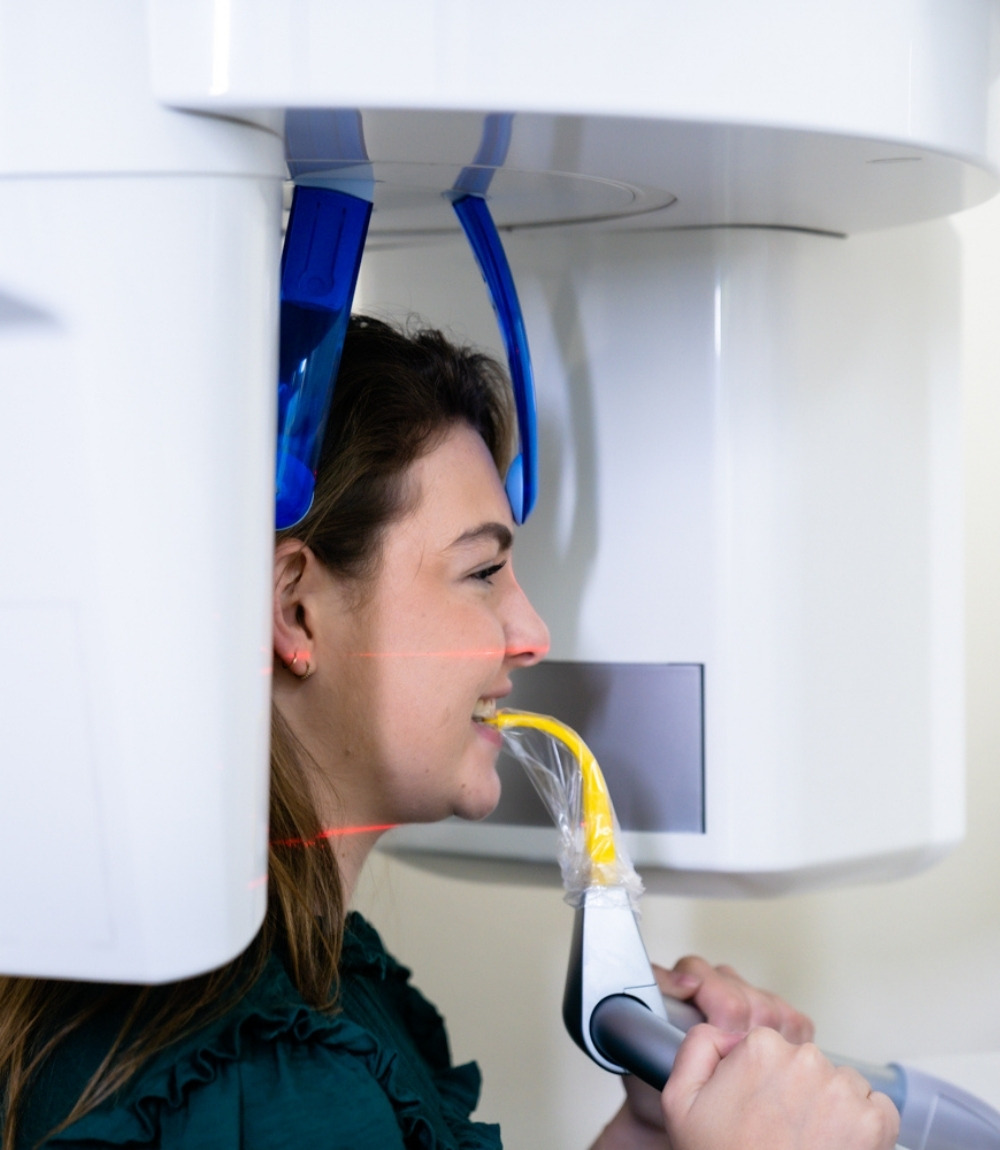
Root Canal Therapy Sydney
Root canal treatment is a type of endodontic therapy that is used to remove the pain and discomfort of an infected tooth root. While it is associated with a painful treatment, the opposite is true because root canal treatment eliminates the source of pain to restore your oral health. If you have pain or sensitivity due to an infected tooth, our team here at Pitt Street Dental Centre in Sydney can help.
The Truth About Root Canal Treatment
A tooth is made up of the crown that you see in your mouth and a root that you cannot see because it extends into the gums and jawbone. The root is an important part of the tooth as it houses pulp, a collection of connective tissue, blood vessels, the nerves.
If harmful bacteria sneaks into the root through unseen cavities or through the gumline, infection can take hold of the root causing intense pain and swelling. If left untreated, pain intensifies and eventually the tooth may fall out.
Root canal treatment is a dental solution used to intervene and stop the pain and infection. The dentist can go through the tooth to access the root, then use specialised technology to remove the infection. Once the root cleaned, it will be disinfected and then filled with a special material to protect it from further infection. An infected root tissue is the source of pain, and when that is removed and cleaned, the pain is also removed.
How Tooth Infections Begin
An untreated cavity is generally the source of an infection, however, not all cavities can be seen or felt until too late. Bacteria can hide in the crevices and cracks of teeth and eventually multiply and spread. As it spreads into the tooth, pulp tissue gets infected and cannot be reversed with antibiotics. Unfortunately, the pulp is where nerves also reside, which is why the pain can be intense. The following are common causes of infection:

Cracked or chipped teeth that are not treated

Hidden cavities

Old fillings that allow bacteria to seep in

Trauma to teeth
Regular dental checkups are the best way to prevent infections of the mouth as we can find hidden cavities and treat them. Regular professional dental cleanings are another way to prevent infection and is another layer of protection against tooth decay.
Is Root Canal Treatment Painful?
Thanks to advancements in dental technology and the skilled hands of our dental professionals here at Pitt Street Dental Centre Sydney, root canal treatment can be performed with minimal discomfort.
Numbing agents can resolve the pain and then the root is gently cleaned and disinfected. Once complete, the tooth will be sealed and a dental crown will be placed on the tooth to protect the area, leaving you with a functionable tooth that is cleared of infection.
When is Root Canal Treatment Necessary?
Root canal treatment is used to clean infection. The tooth root is also cleaned by removing infected and dead tissue that cannot heal on its own. If you experience recurring pain in a tooth that doesn’t resolve with cleaning or over-the-counter pain medications, you may need a root canal treatment.
The following are some common signs:
The Root Canal Treatment and Process
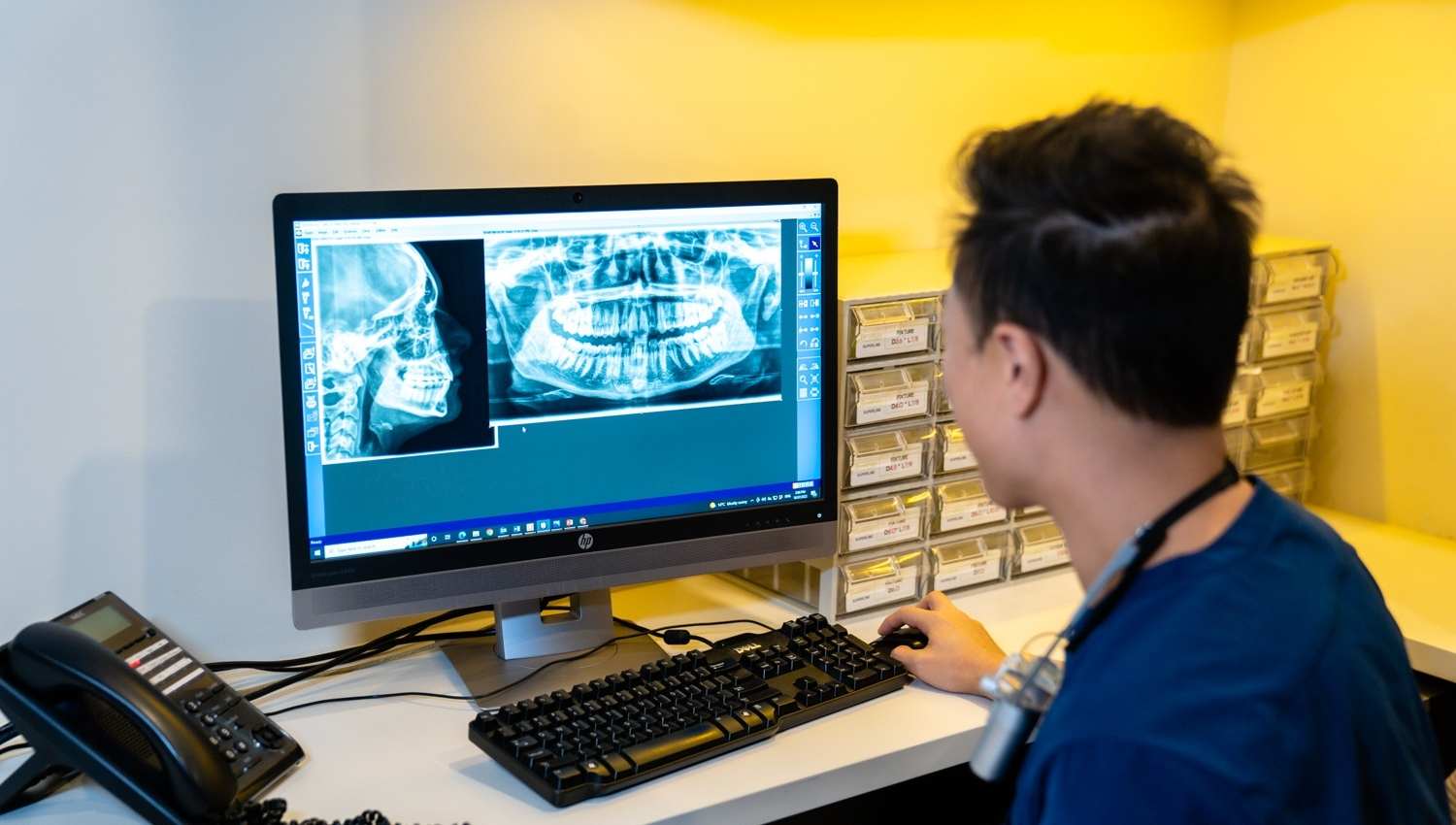
A thorough checkup with x-rays can help us determine if root canal treatment is warranted. The x-ray is used to determine the shape of your tooth root and where the infection is. If you need treatment, the following steps are what you can expect:






The tooth will be given time to heal to ensure the procedure was successful, and if so, a permanent porcelain crown will be placed. This will save the remaining part of the tooth while restoring the look, feel and function of your natural tooth.
Download Our Price List

Download Our Price List
After the Root Canal Treatment

Endodontic therapy deals with the tooth root and pulp, which is the most sensitive area of your teeth. It is normal to feel a bit of soreness and swelling or inflammation after a root canal treatment. However, most patients only require over-the-counter medications to alleviate pain and swelling and experience relief after treatment. Your dentist will discuss your aftercare for your situation, so you know what to expect and how to help your tooth heal as quickly as possible.
What are the Risks?
Above 90 percent of root canal treatments are successful the first time, however as with any medical treatment there are some small risks. In rare cases, there is complex anatomy within the tooth which require further treatment. In very rare cases, the root may be cracked, allowing more infection and has to be removed.
As with all procedures, our team of dental professionals at Pitt Street Dental Centre in Sydney perform all root canal treatments with precision, accuracy and a gentle touch. You can be confident that our dentists will take all precautions to reduce the chance of complications to restore your oral health.
Experiencing Pain?

If you are experiencing pain in a tooth or any area of your mouth, give us a call right away and schedule an appointment. We will do a full evaluation and bring you relief as quickly as possible, so you can get back to your life in comfort.
Disclaimer: The material posted is for informational purposes only and is not intended to substitute for professional medical advice, diagnosis or treatment. Results vary with each patient. Any dental procedure carries risks and benefits. If you have any specific questions about any dental and/or medical matter, you should consult your dentist, physician or other professional healthcare providers.
Related Video Blogs
Is the Root Canal Treatment Painful?
The primary goal of root canal treatment, in fact, is to alleviate pain. It is designed to remove the infected and pain-causing nerve…
3 Reasons Why It Is Important to Have Regular Dental Check-Ups
The biggest factor of dental decay and gum disease is the amount of bacteria that’s built-up on the teeth over time…
3 Causes of a Toothache
Restorative Dentistry HomeTreatmentsRestorative Dentistry Hi, I’m Dr Kim Nguyen, one of the...






